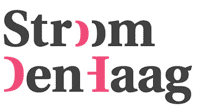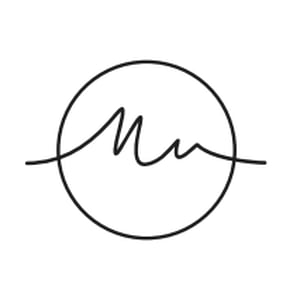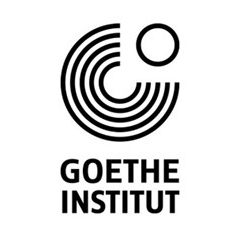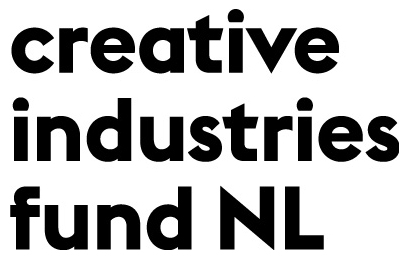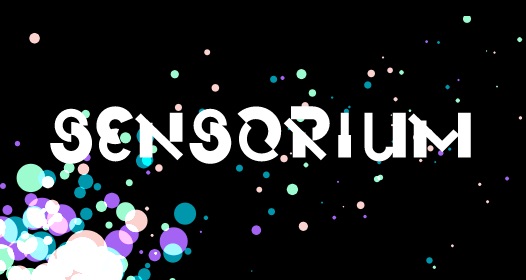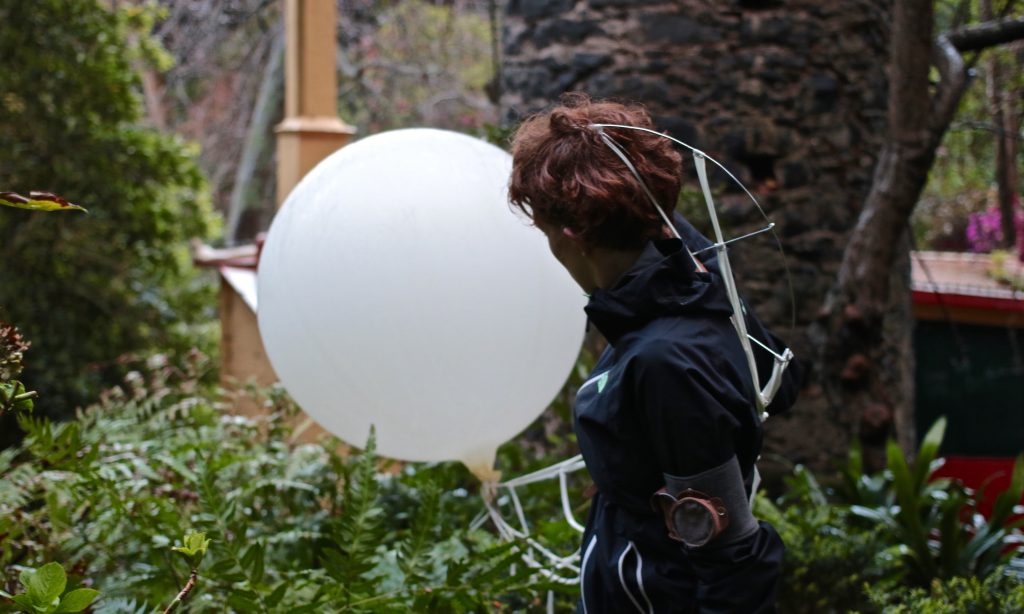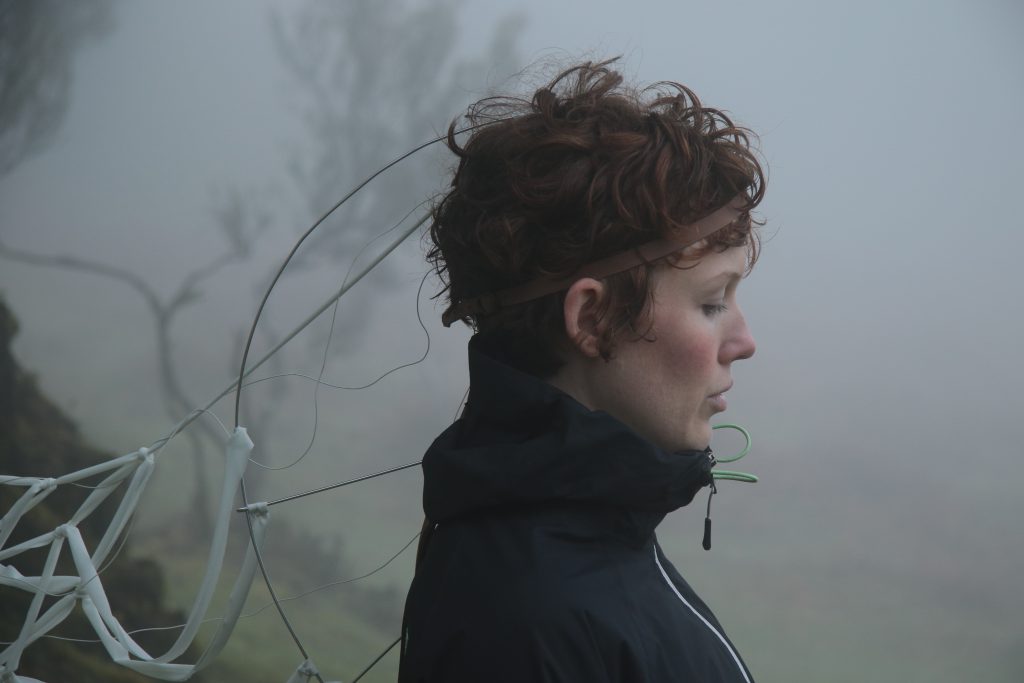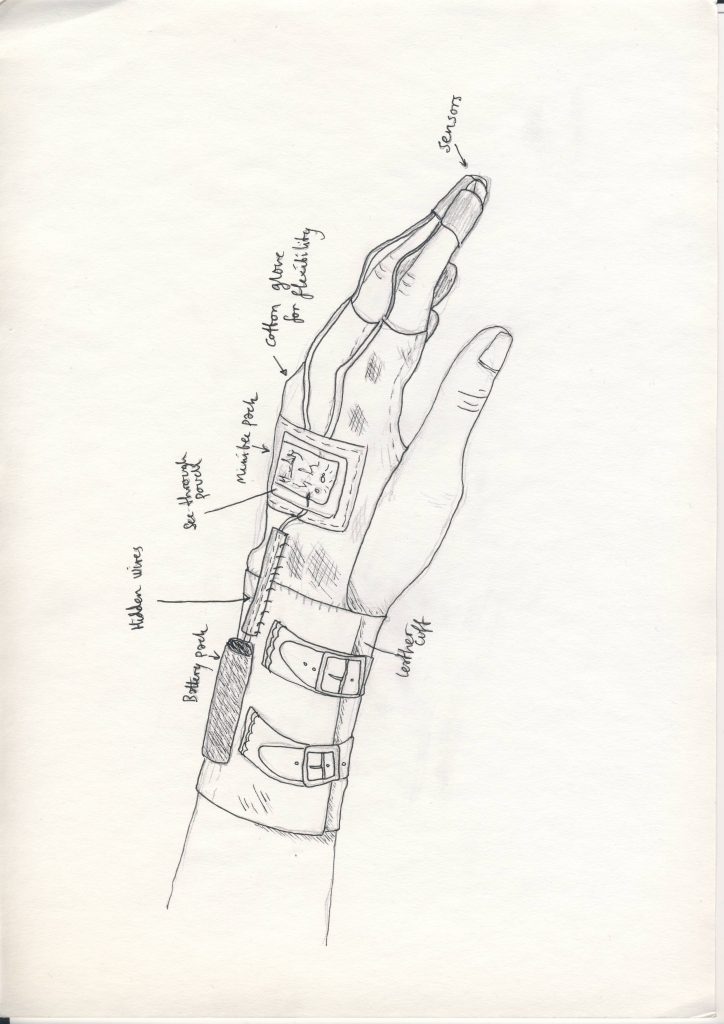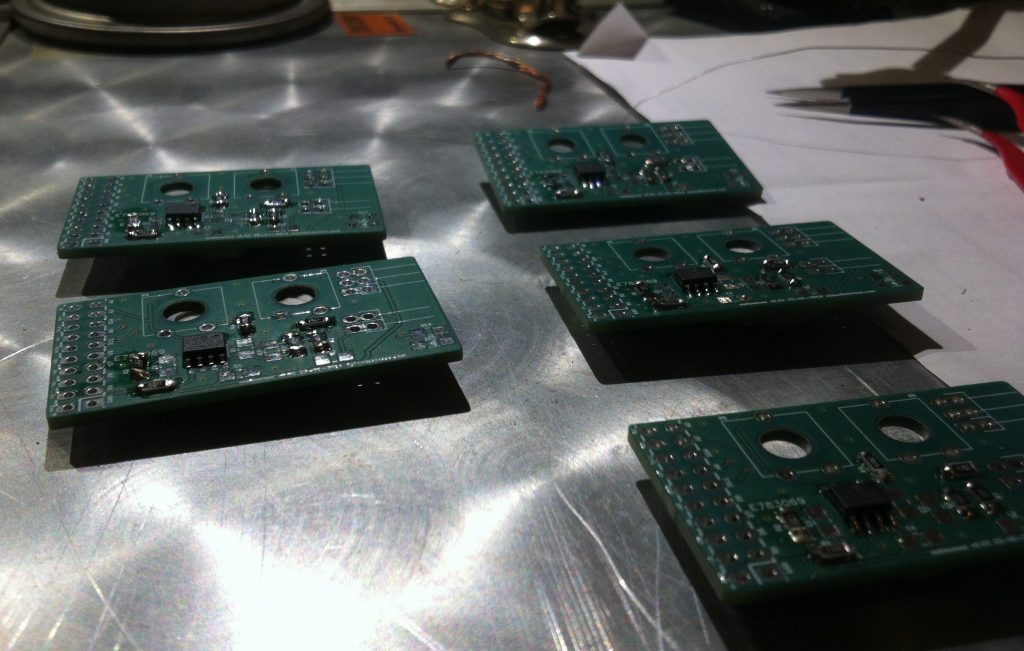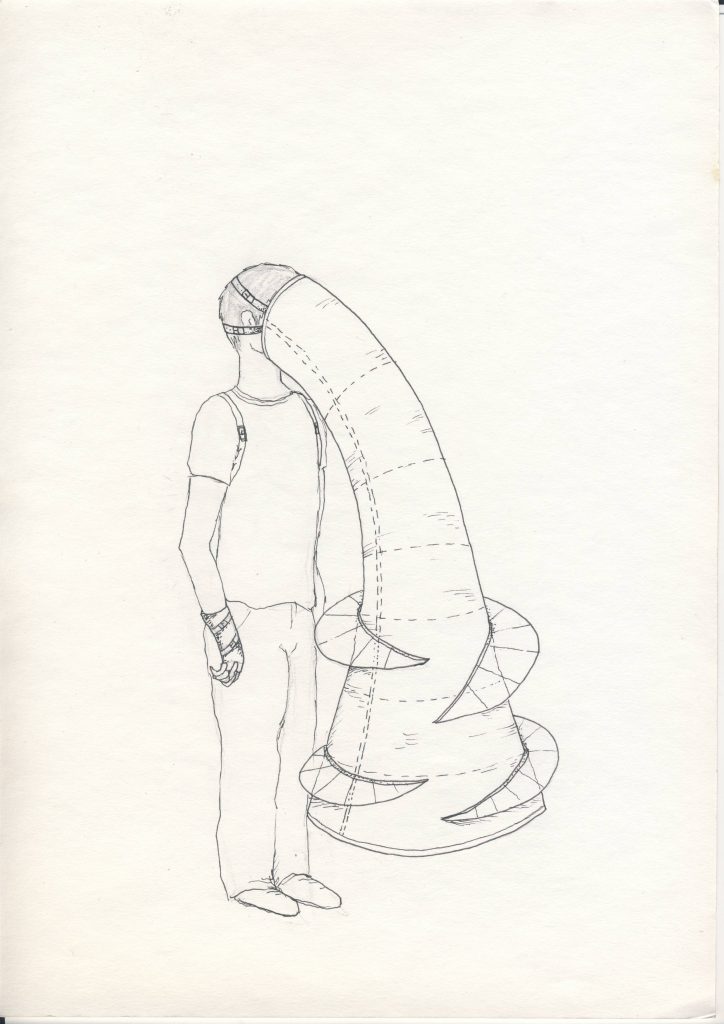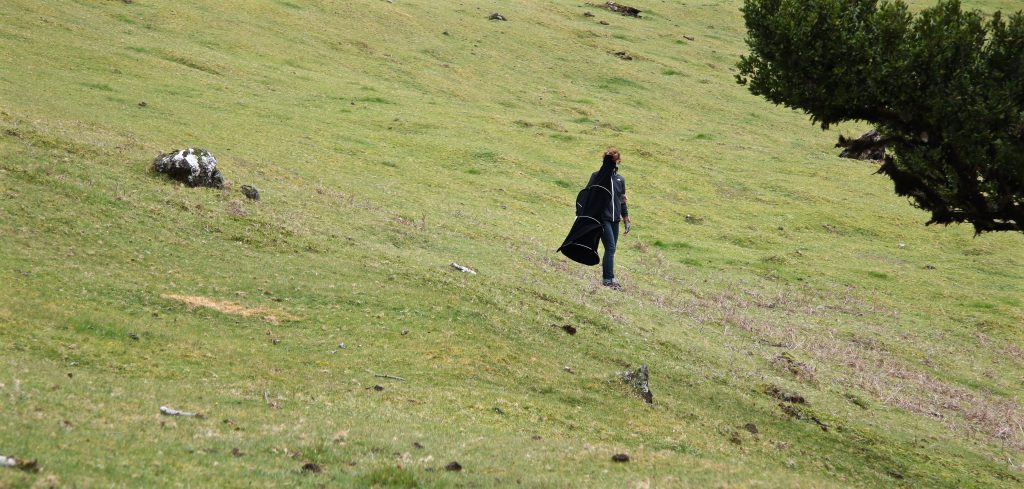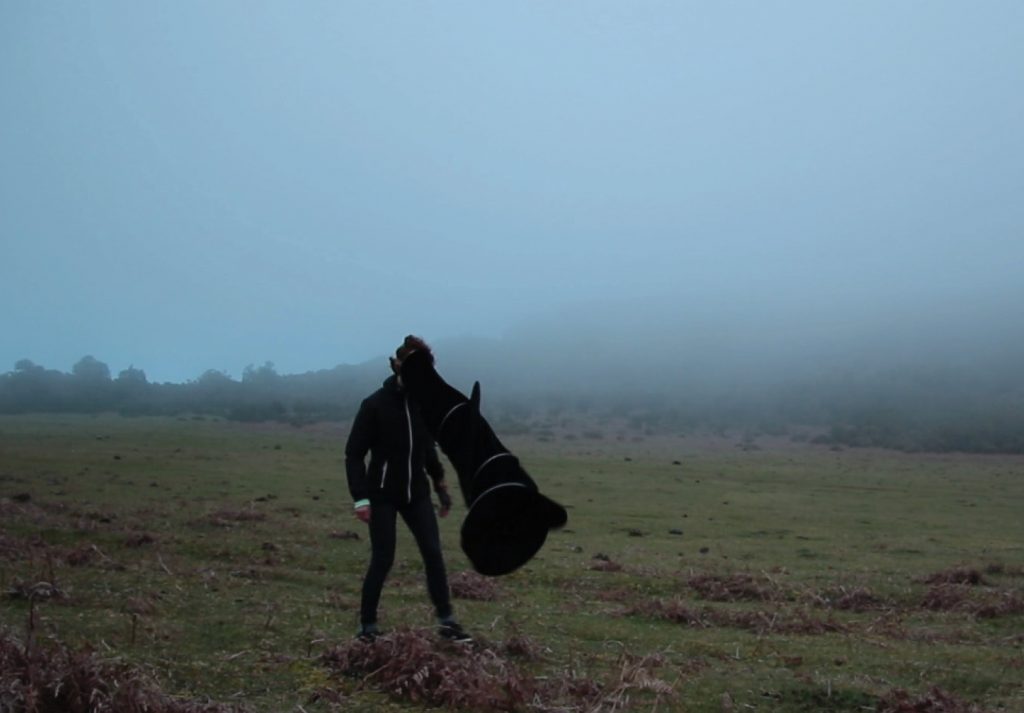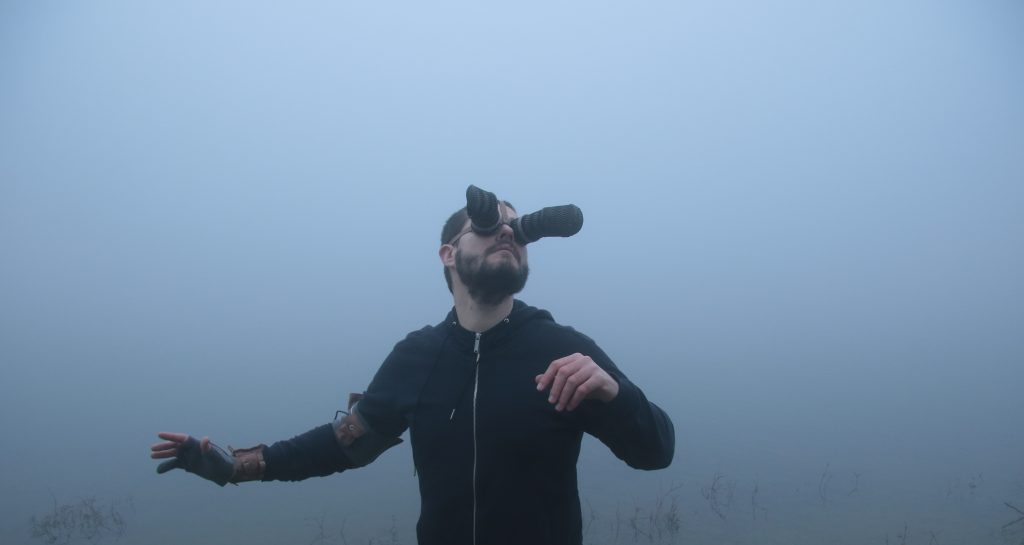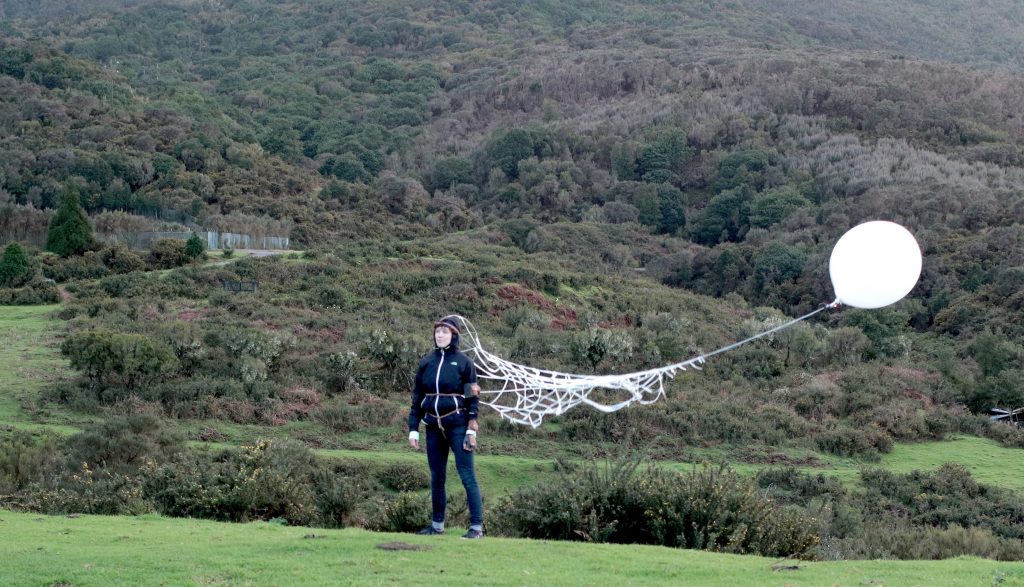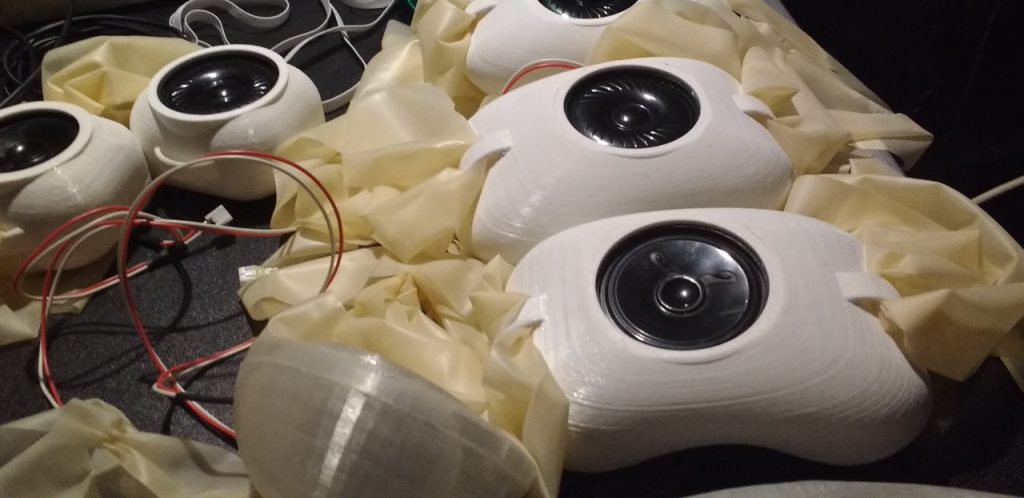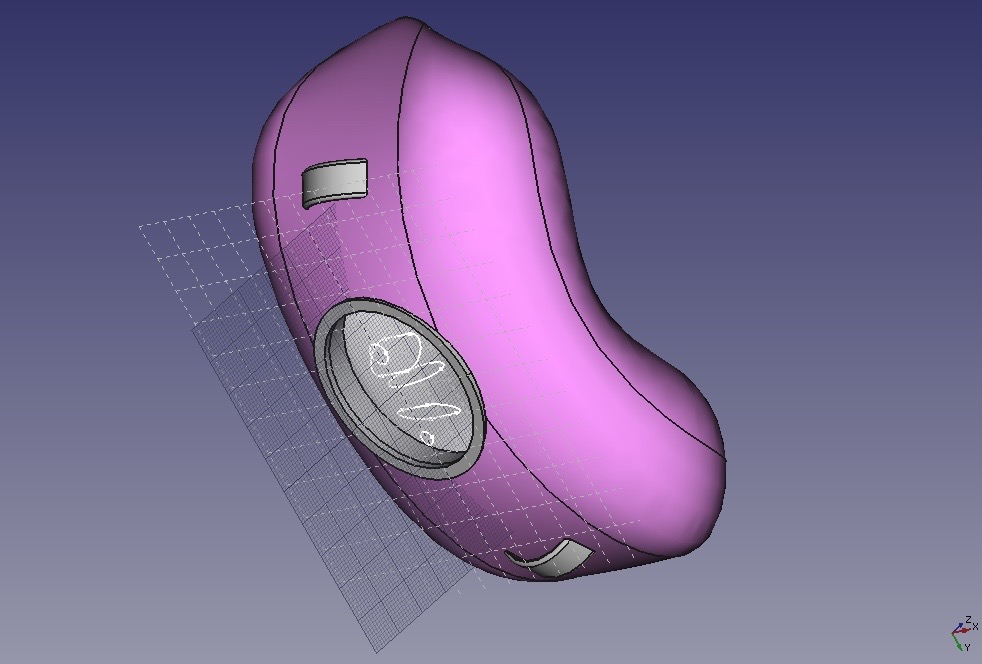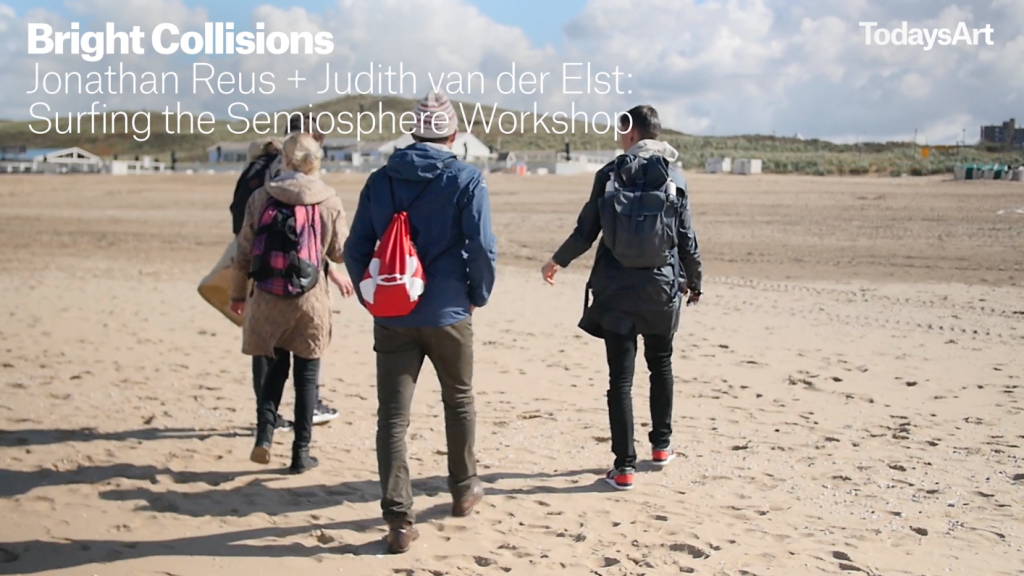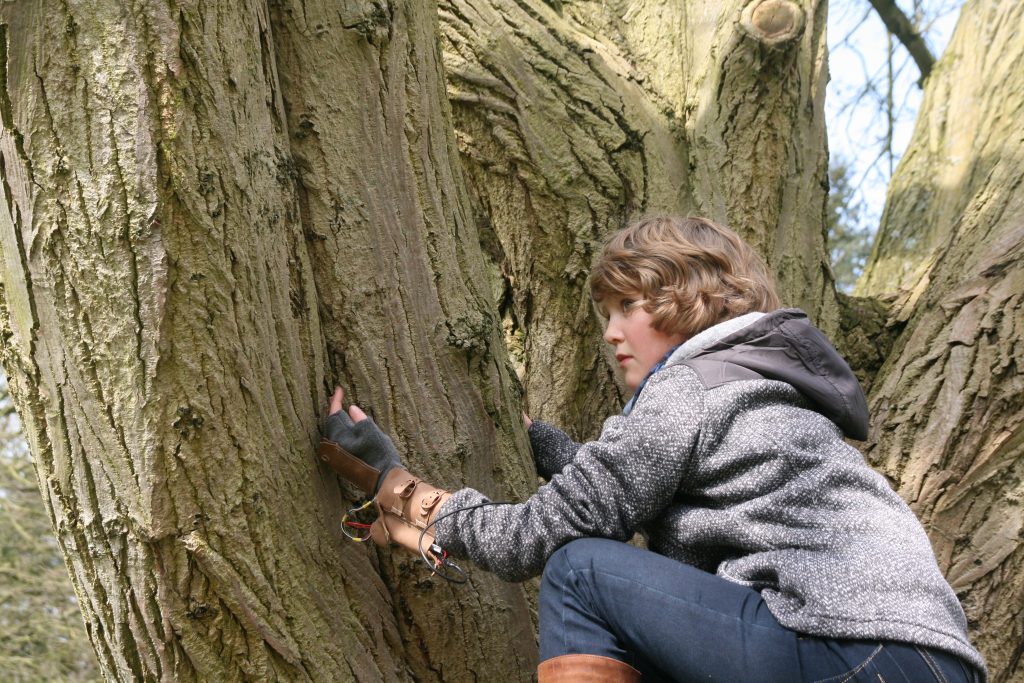Sensory Cartographies
Research
speculative mapping technologies, exporations in noting, navigating and perception of environments
The project Sensory Cartographies is an ongoing collaboration with artist Sissel Marie Tonn. In this project we seek to explore relationships betwen body, mind and environments through technological mediation. At the center of the project is the creation of wearable sensor instruments and neuro-sensory attunement devices that propose alternative forms of environmental, spatial and temporal perception, which together can be thought of as new cartographic tools. The dominant contemporary perceptions of environment originate in the technologies of cartography, collection, categorization and navigation originating in the colonial “golden age” of botany. We attempt to deviate from these origins, avoiding the impulse to survey, categorize and control space, and instead embracing modes of being in the world. A living document of this work can be found at researchcatalogue.net.
In February of 2016, we traveled to the oldest primal forest in Europe, found in the upper altitudes of the island of Madeira. With the intention of creating a contemporary entry into the herbarium of the Jardim Botanico in Funchal. The herbarium holds an archive of conserved plant species and taxidermized animals dating back to the 16th century, and serves as a blueprint of the history of colonization and acclimatization of plant species from the new world.
In Madeira we created worn physiological data gathering devices and sensory-extension instruments to challenge the body’s conditioned ways of moving through the environment in a playful way. We see these devices as wayfinding apparatuses for reshaping a sensory worldview – knowing momentarily without focus, knowing one’s body outside of rational classifiers – creating an alternative cartography that is attentive to subtle fluctuations of change.
The trip culminated with an exhibition in the natural history museum of the botanical gardens, where we exhibited our instruments and annotated biometric data recordings side-by-side with century-old archived plant specimens, as a contemporary entry into their collection.
- Zone2Source, Amsterdam
